Actionable strategies to conserve changing landscapes
New research from one of Y2Y’s 2020 Sarah Baker Memorial Fund recipients identifies places to protect in Tsay Keh Dene Nation Territory in northern B.C.
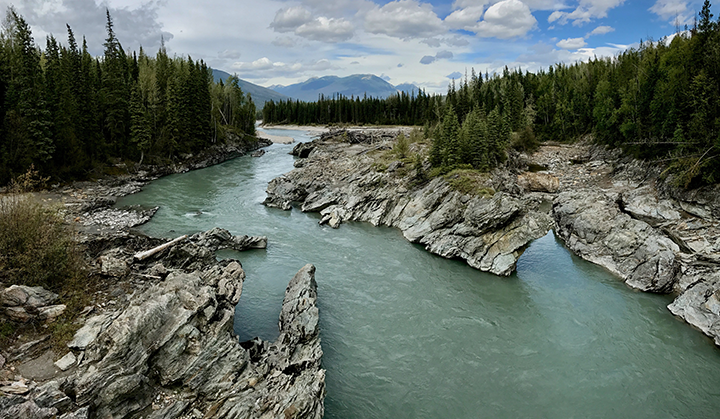
New research from one of Y2Y’s 2020 Sarah Baker Memorial Fund recipients identifies places to protect in Tsay Keh Dene Nation Territory in northern B.C.
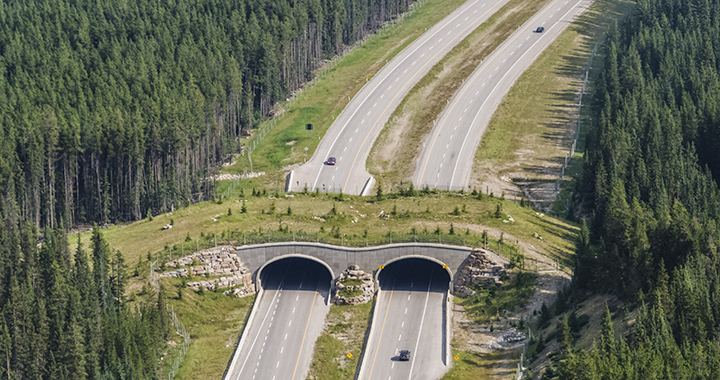
Which wildlife species have been caught on camera using crossings in the Yellowstone to Yukon region? You might be surprised!
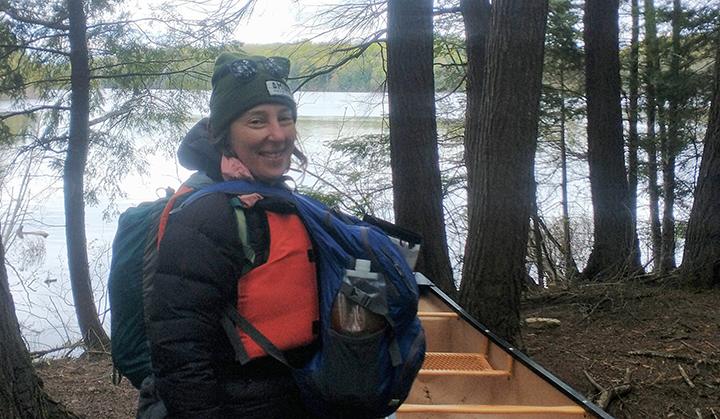
Master’s student Stephanie Rockwood collaborated with authors of a recent paper on ecosystem service “hotspots” in Canada to learn more about them on the U.S. side of the Y2Y region.
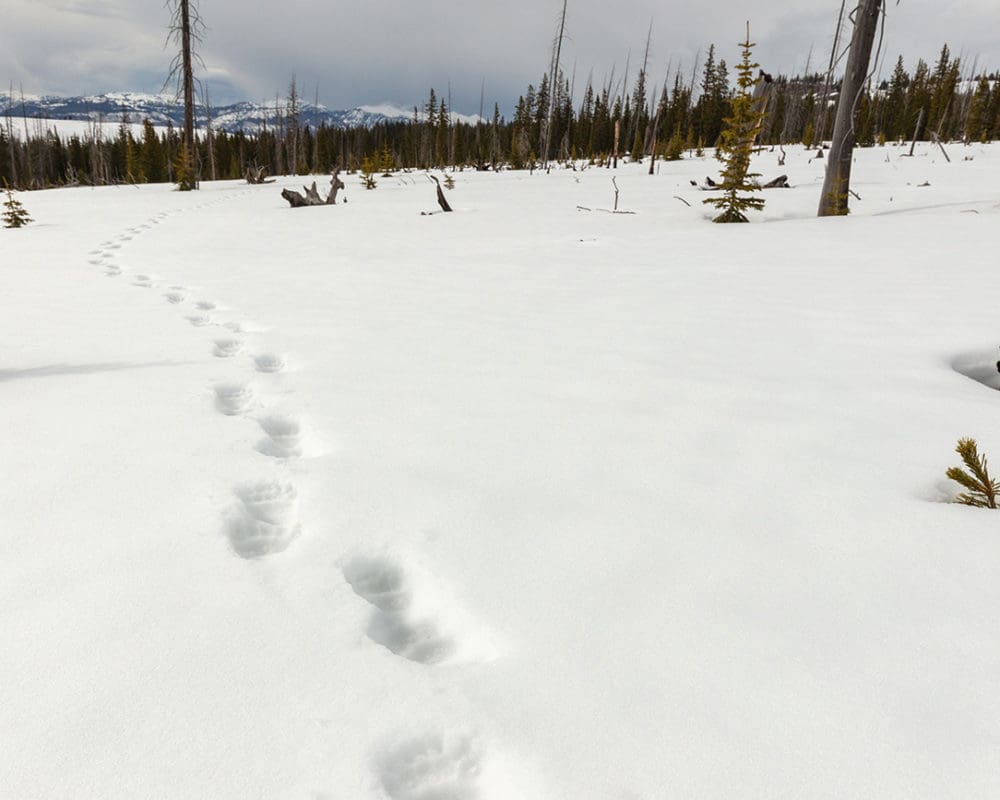
Is the Y2Y vision of connectivity working?
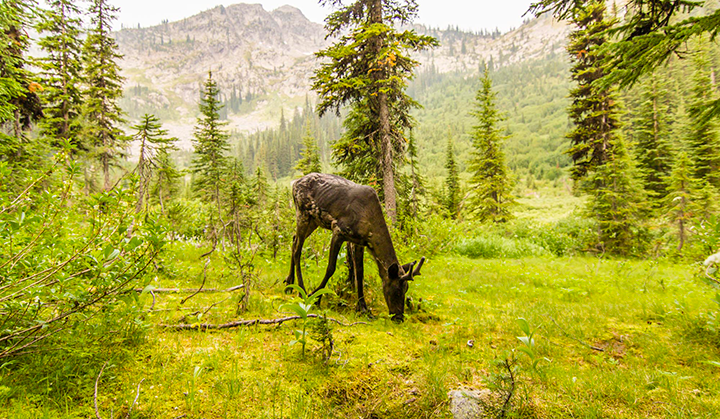
Mateen Hessami, Y2Y’s 2019 Sarah Baker Memorial Award recipient, seeks to refine moose management in southeastern British Columbia to recover and conserve caribou and Indigenous culture.
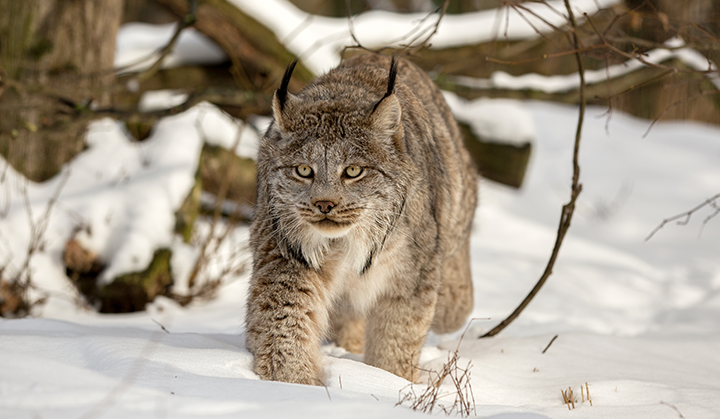
Join us as we explore how different species rely on and survive in the snow, some of the challenges they are facing and how you can help.
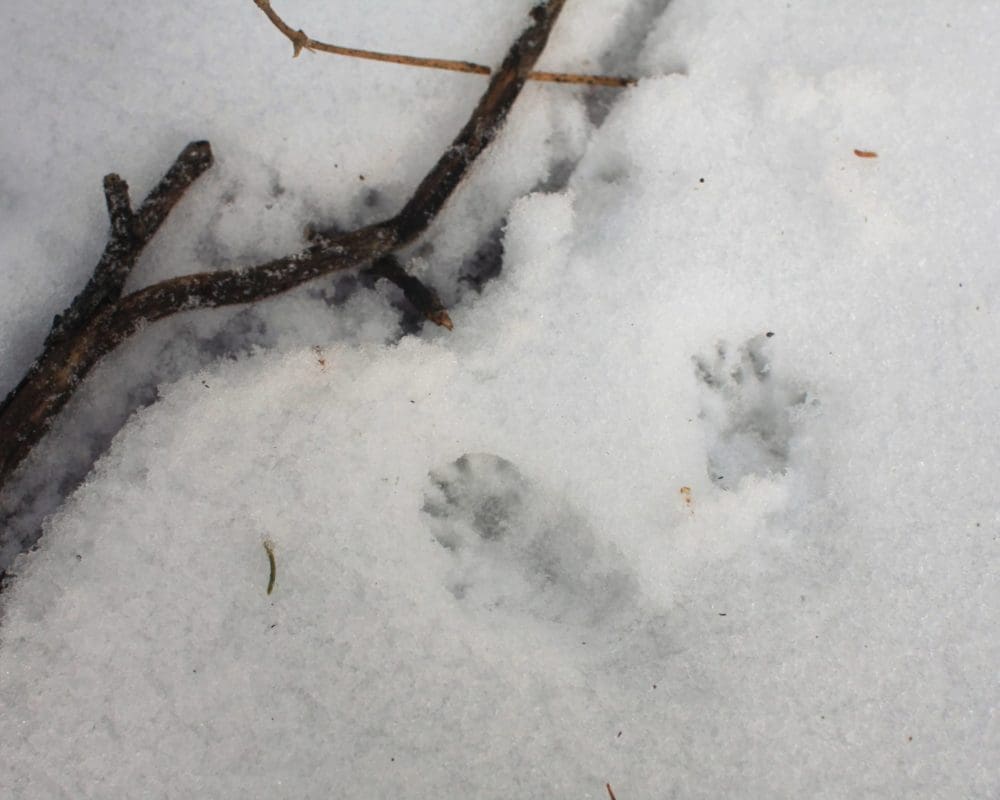
Use these three tips to take better photos of wildlife tracks no matter where you are in the Yellowstone to Yukon region.

In memoriam: Dr. E.O. Wilson and Dr. Thomas Lovejoy helped form the foundational science that guides Y2Y’s work.
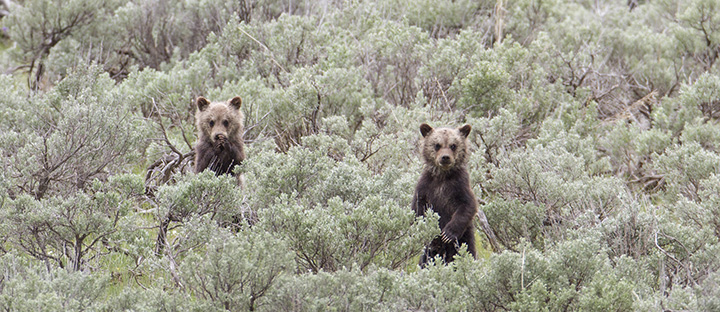
Keeping the Yellowstone to Yukon region wild and connected will help umbrella species such as the grizzly bear.
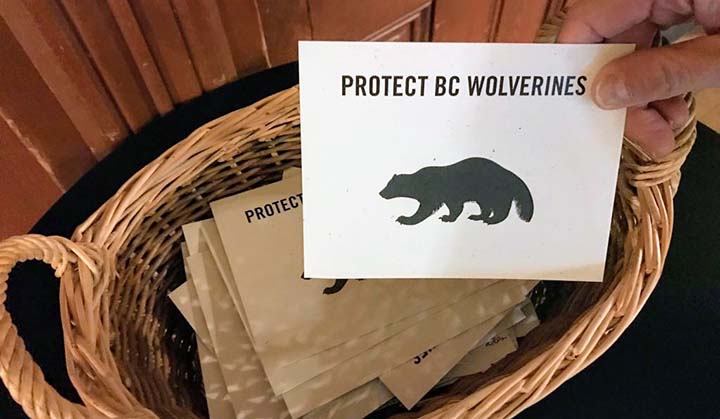
People across the Yellowstone to Yukon region are coming together to help inform wildlife research resulting in conservation success stories.